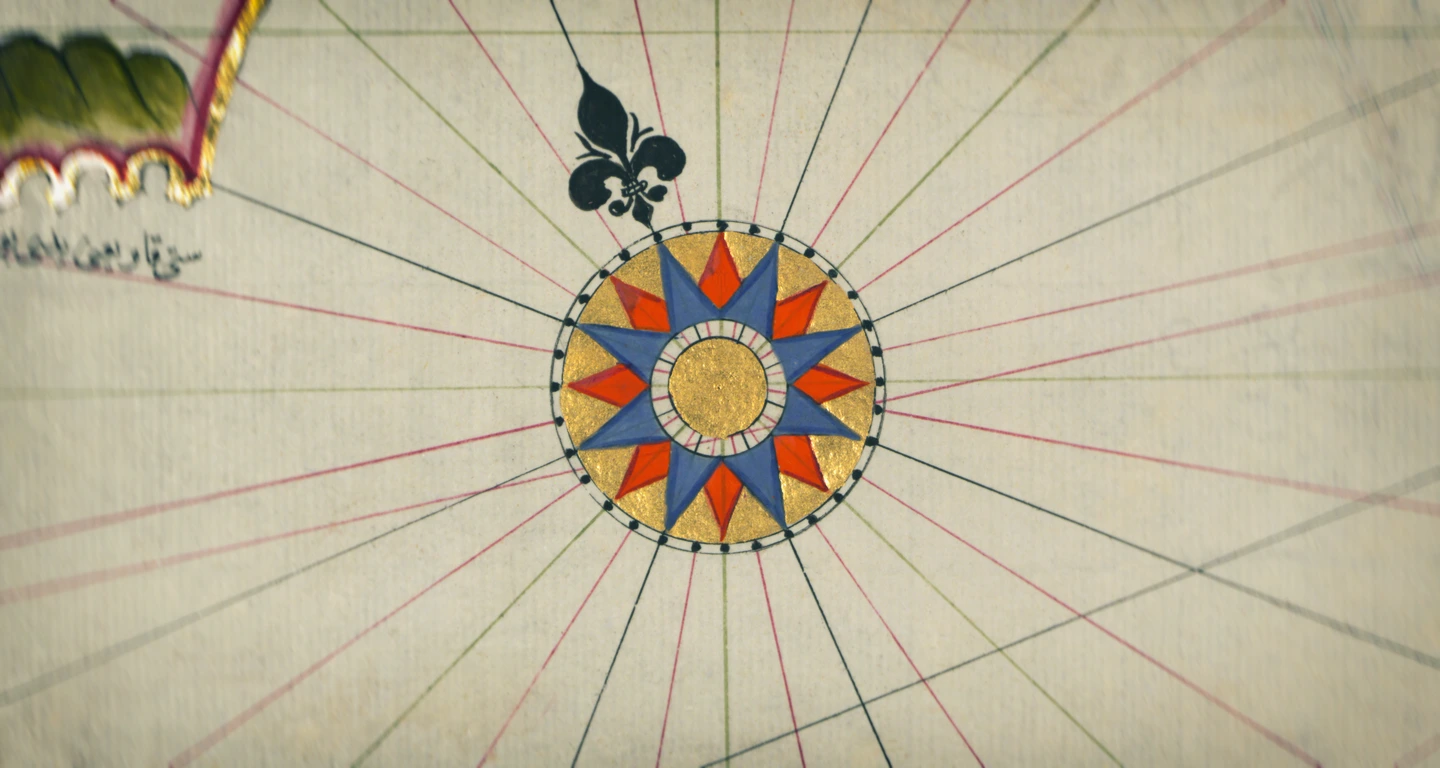While working on the Tituli Anatolian files, I encountered an interesting surprise. Historical manuscript maps of places that I recognized as soon as I saw them because I memorized the geography of Lycia, one of the subjects we have been working on for a long time, but that are labeled as “unidentified islands” in the source I came across.1


Perspective matters

If you turn the letter F upside down, you might think it’s the letter L at first. We tend to place the forms we see in cardinal coordinates, always on a fixed baseline. If a tree is uprooted and fixed in the same place by turning it upside down, everyone can swear at first glance that its branches are roots and its roots are branches. The easiest way to see the imperfections in a letter design is to look at it upside down. It is also easier to see spacing inconsistencies between letters with this method.
Turning to the main topic, the stance of the maps is mostly north-south axis. If you turn the plane on which it is located in different directions, the shapes on the map begin to look different than usual. If you keep looking at an amorphous shape from the same direction, it will stay in your memory as it is.
I actually came across this situation, but not with some interesting maps. What caused this was one of the desktop images on my computer. The orientations of the maps I came across were almost the same as on my desktop picture that we’ve been looking at every day for two years. A satellite photo that I adjusted for my own viewing pleasure.2 At the bottom of the article. But first, let’s look at the maps of Pirî Reis in one of the books of Kitâb-ı Bahriye (Book of Navigation). One of the copies of the first version in the Walters Art Museum.3
Seven Capes
This is the map where I discovered everything at first sight.4 Seven Capes. You can count it. Xanthos, the river flowing from the mountains. The place on the left is Ölüdeniz (Blue Lagoon or Dead Sea).
Seven Capes, Patara, Kalkan, Kaputaş, and Kaş shores
Getting away Seven Capes, we also see other familiar places. At the bottom right, the tip of an exaggerated piece of land, the island of Kastellorizo is visible. The place opposite is modern Kaş. Formerly known as Antiphellos.
The bay on the left is Kalkan, the world-famous Kaputaş Beach next to it. The locations of the islets in this region are not very accurate, but their numbers are okay. The ones between Kastellorizo and Kaş are more in number than they actually are. “Unidentified islands”?
Kastellorizo
Here, we have a better view of islet inflation and the island of Kastellorizo. Καστελόριζο or Megisti. Meis in Turkish. Only about two kilometers (a little over a nautical mile) from the Anatolia coast. You decide whether it is exaggerated or not.
Fethiye
What we’re looking at here is the left side of the first map above, the invisible part. This is Fethiye and Fethiye Bay. Formerly Makri and Gulf of Makri. Formerly Telmessos. We think that the river on the left is the Dalaman Stream and the one on the far left is the Dalyan Channel (Kaunos, Köyceğiz).

It’s easy to reproduce all of these. All you need is love and a solid map app. Maybe a slightly different perspective.
Footnotes
- David Rumsey Map Collection, Piri Reis ↩︎
- Gateway to Astronaut Photography of Earth, NASA Photo ID: ISS036-E-13622 (2013) ↩︎
- Walters Art Museum, Book on Navigation ↩︎
- David Rumsey Map Collection. fol. 340b Unidentified islands off the Southern Anatolian coast. ↩︎
Türkçesi:
Apple Harita ile eğlence (PDF)









